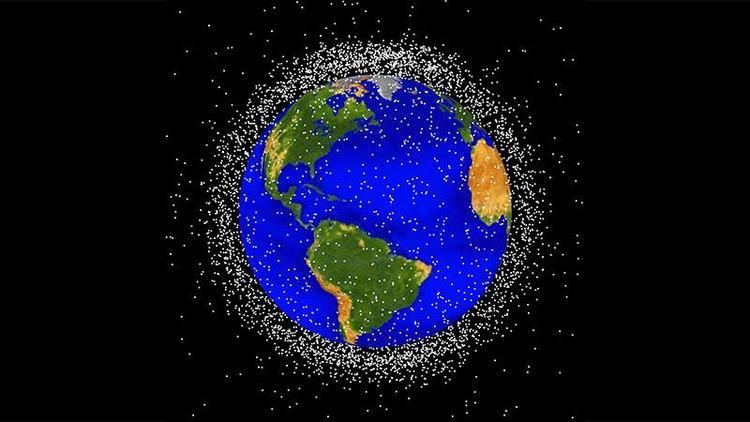 | ||
The Space Situational Awareness (SSA) Programme is the European Space Agency's initiative designed to support Europe's independent space access and utilization through the timely and accurate information delivery regarding the space environment, and particularly hazards to both in orbit and ground infrastructure. The SSA programme is split into three main segments:
Contents
The SSA programme is being implemented as an optional ESA programme with financial participation by 14 Member States. The programme started in 2009 and its mandate was extended until 2019. The second phase of the programme received €46.5 million for the 2013-2016 period.
Space Weather Segment
The main objective of the Space Weather Segment (SWE) is to detect and forecast of space weather events, avoid adverse effect on European space assets and ground-based infrastructure. To achieve that, the segment will focus on delivery of real-time space weather information, forecasts and warnings, supported by a data archive, applications and services. Assets currently available for the segment consist of multiple ground-based and spaceborne sensors monitoring the Sun, solar wind and Earth's magnetosphere, ionosphere and thermosphere. These include the PROBA2 satellite and the Kanzelhoehe Solar Observatory. The segment is jointly coordinated by the SWE Data Centre located at the ESTRACK Redu Station and the SSA Space Weather Coordination Centre (SSCC), both in Belgium.
Near-Earth Object Segment
The near Earth object segment aims to deliver monitoring and warning of potential Earth impactors and tracking of newly discovered objects. The segment's current assets consist of a mixture of professional and amateur telescopes, including the OGS Telescope, that are supported by tracking databases. The plans are to create a fully integrated system supporting alerts for civil authorities. The segment is managed by the SSA NEO Coordination Centre located at the ESA Centre for Earth Observation, Italy.
Space Surveillance and Tracking Segment
The SST segment's primary goal is the detection, cataloguing and orbit prediction of objects orbiting the Earth. It is part of an effort to avoid collisions between orbiting satellites and debris, provide safe reentries, detect on-orbit explosions, assist missions at launch, deployment and end-of-life and overall reduce cost of space access. The segment currently relies on existing European radar and optical systems. Some of its assets are existing radio and optical telescopes, with now serving a secondary role for tracking space debris.
The radar-based SST assets are split into two categories: surveillance and tracking systems. SSA SST radar systems include:
SSA SST optical surveillance and tracking assets include:
As part of the SSA Programme new, dedicated surveillance radar supported by optical sensors systems will be developed. The segment is coordinated by the Space Surveillance Test & Validation (SSTC) Centre located at the ESAC in Spain.
